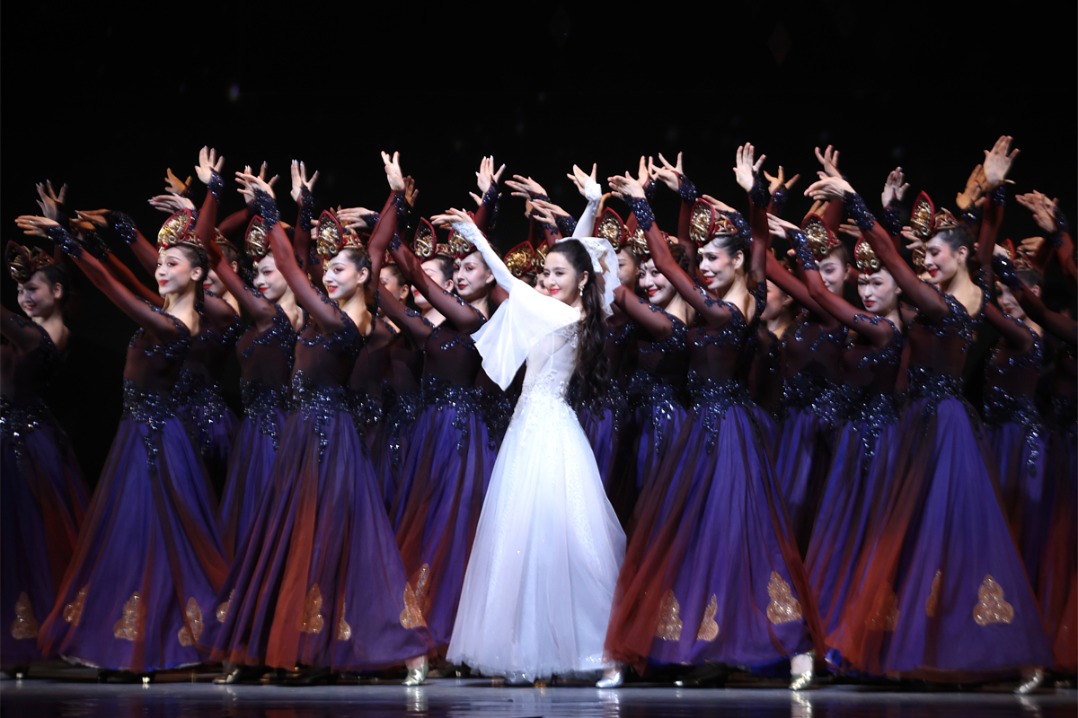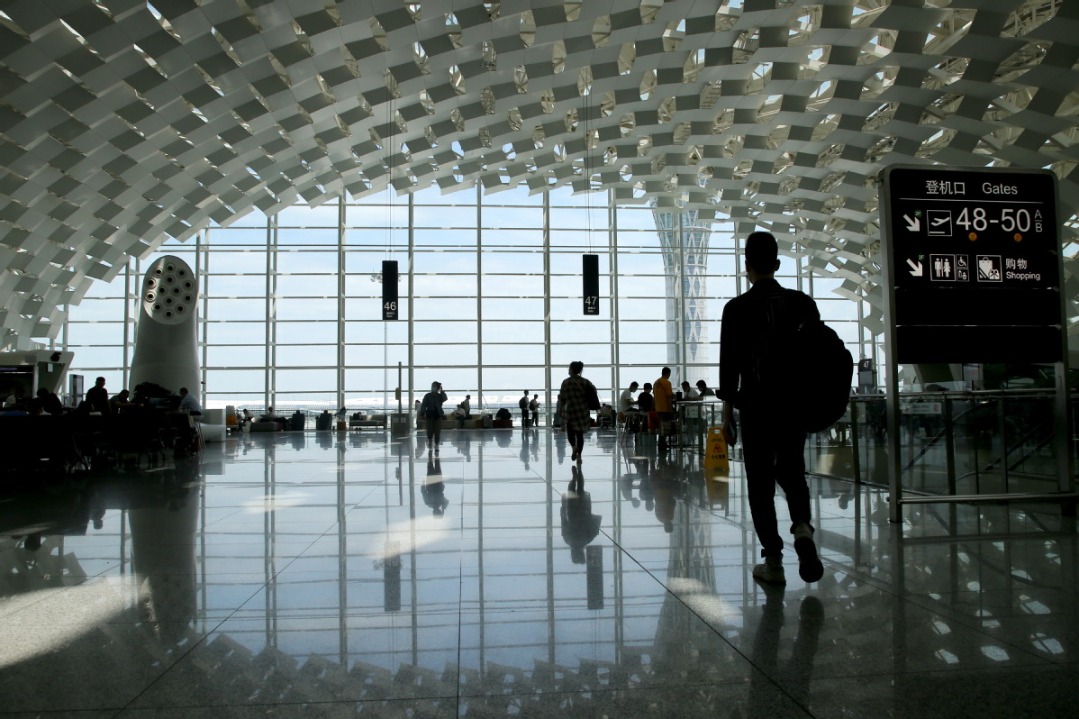Springing forward
Technology enables a futuristic interpretation of traditional Chinese elements, such as the solar terms, to kick off showpiece event, Xu Haoyu reports.

The opening ceremony of the 2022 Beijing Winter Olympics was widely praised for its creativity and innovation. Through teamwork, guided by famed filmmaker Zhang Yimou, many directors and choreographers created the show together.
Tao Wenting, a lecturer from the College of Military Culture at the PLA National Defense University, was a member of the creative team that directed the first several sections of the ceremony.
The ceremony was held on the day of li chun, the beginning of spring, the first of 24 Chinese solar terms. And the namesake opening show presented the charm of the season with 10-meter tall luminous poles simulating green grass and white dandelions.
Tao claimed that in order to present this show perfectly, in addition to the precise selection of materials, supported by projection onto the floor of the stadium, the biggest difficulty was actually the simulation of the two plants.
A team from Beijing Institute of Technology offered a helping hand, creating a detailed manual with markings on the longitude and latitude, and from various angles, to make rehearsals more efficient and the overall visual effect more vivid.
A total of 393 students were selected from two martial arts schools in Laizhou and Yuncheng, Shandong province. They trained for about four months to practice holding and waving the poles in the right place, at the right time and at the right angle.
Tao also directed the raising of the national flag, which involved 176 people, including representatives of China's 56 ethnic groups, people from different industries in the Beijing-Tianjin-Hebei region-from an astronaut to a deliveryman-model workers and outstanding members of the Communist Party of China.
As a military officer herself, Tao says she felt deeply moved.
"They are all the backbone of the country and they make something great from ordinary life. I think their feelings for the flag are deep and heartfelt, and they can express their love for the nation on behalf of the people," says Tao.
Modern artistic installation techniques and technology were also highlighted at the ceremony.
At one point, a cube of "water "appeared on the stage thanks to augmented reality and the application of an artificial intelligence image processing algorithm.
As the water cube slowly rose from the floor, gradually becoming a block of "ice", with a five-sided, naked-eye 3D effect, 24 lasers started to carve information about previous Olympic Games on the "ice".After that, an ice hockey player hit a puck, breaking the ice to reveal the five Olympic rings. The flow of light and color seemingly led the audience on a journey through time and space.
Tao's group did a lot of preparatory work, including the selection of props and performance forms, to give audiences a closer look at ice and snow sports and appreciate the charm of nature. The application of Chinese ink paintings and the lake that was eventually presented were inspired by a conversation with Zhang, during which they agreed that showing the landscape in the style of ink painting would show the depth of Chinese culture.
In the part of the show that paid tribute to the people, Tao emphasized world unity and a people-oriented concept through the combination of visual art, highlighting the Olympic spirit of "faster, higher, stronger-together".
To the song Fill the World With Love, 76 young Chinese and foreigners walked across the floor of the arena, opening a picture scroll with their footprints. Over 300 photos were presented, showing people of all creeds and colors, expressing hope, all under the slogan of the 2022 Beijing Winter Olympics, "together for a shared future".
At the same time, the show included a roller skating performance, which echoed 8 Minutes in Beijing, presented at the closing ceremony of the 2018 Pyeongchang Winter Olympics.
The skating show had 24 students from Beijing Sports University draw smooth interlaced lines on the ground, like the track on which athletes compete, forming a traditional Chinese knot.
The skating performance was a result of a few brainstorming sessions between Tao and her team. Finally, they came up with the idea to blend skating with street dance.
Zhang, the general director of the opening ceremony, said in an interview with Chinese media, "Our opening ceremony will not only be about the Winter Olympics, but also about Chinese people's concept of time and the universe, and our traditional culture. Especially at the time when the whole world is under siege by the COVID-19 pandemic, the concept of life and growth in nature is particularly important."


Today's Top News
- Greece hoping to lure expat workers home
- EU preparing to push up price of short-stay visas
- The bear who won over the world
- Summit a key moment for China-EU ties
- Unstable political landscape seen in Japan amid election
- Intl unity in fighting fascism recalled






























